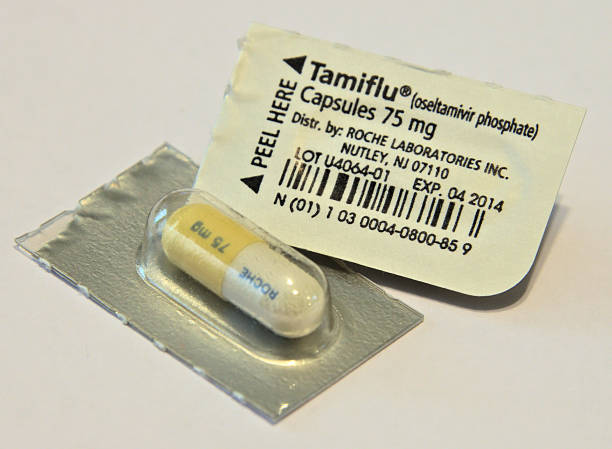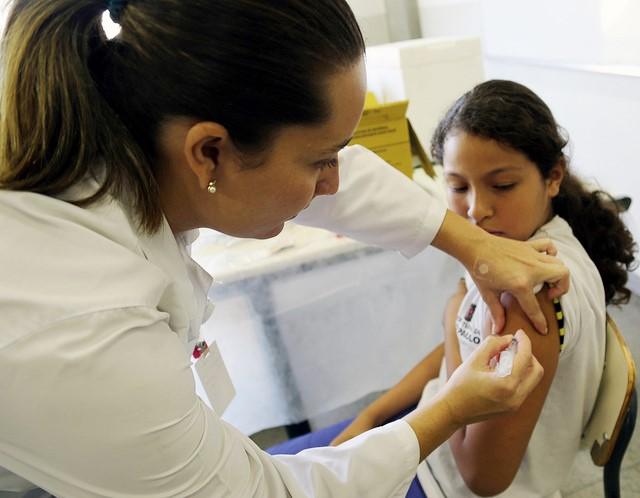
Antibiotic exposure during pregnancy or early childhood is associated with increased risk of childhood atopic dermatitis (AD), according to a study published yesterday in eClinicalMedicine.
In a review and meta-analysis, Chinese researchers examined 39 cohort studies involving expectant mothers and young children younger than 5 years old to explore the association between antibiotic exposure and the risk of childhood AD, a chronic skin condition characterized by inflammation, eczema-like lesions, and severe itching.
While studies in mice have suggested that antibiotics can induce AD-like pathology, clinical studies and meta-analyses have reported inconsistent results in children who've had early antibiotic exposure.
The meta-analysis of the 39 studies, which involved more than 7.4 million children, found that antibiotic exposure was associated with a 22% increased risk of childhood AD (pooled odds ratio [OR], 1.22; 95% confidence interval [CI], 1.17 to 1.28). Subgroup analysis showed that early childhood exposure to antibiotics demonstrated a stronger association with AD (OR, 1.23; 95% CI, 1.13 to 1.34) compared with exposure during pregnancy (OR, 1.09; 95% CI, 1.05 to 1.13).
Antibiotic exposure frequency, antibiotic type may play a role
Further subgroup analyses revealed that increased risk of AD following antibiotic exposure was affected by the diagnostic criteria of AD, that increased risk of AD was higher in American/European children than Asian children, and that both the antibiotic exposure frequency and type of antibiotic appear to influence the increased risk of AD.
"Taken together, our study supports that antibiotic exposure during pregnancy and early childhood increases the risk of AD," the study authors wrote.
The authors caution that because of the presence of biases in the reviewed studies (such as selection and publication bias) and uncontrolled confounding factors, more high-quality studies with larger sample sizes are needed.
"Future studies should consider variables including different types and dosages of antibiotic exposure, the influence of breast milk, specific conditions in rural areas, and medication compliance," they concluded.

















